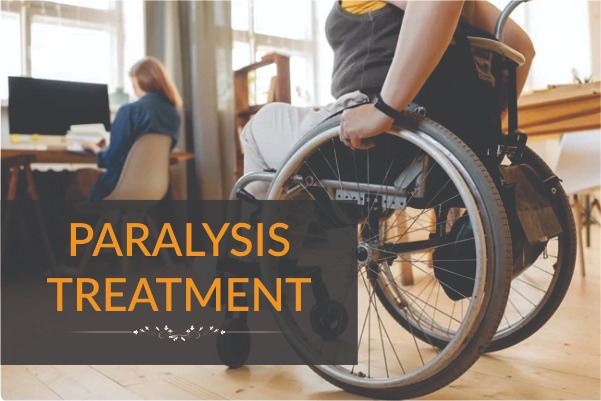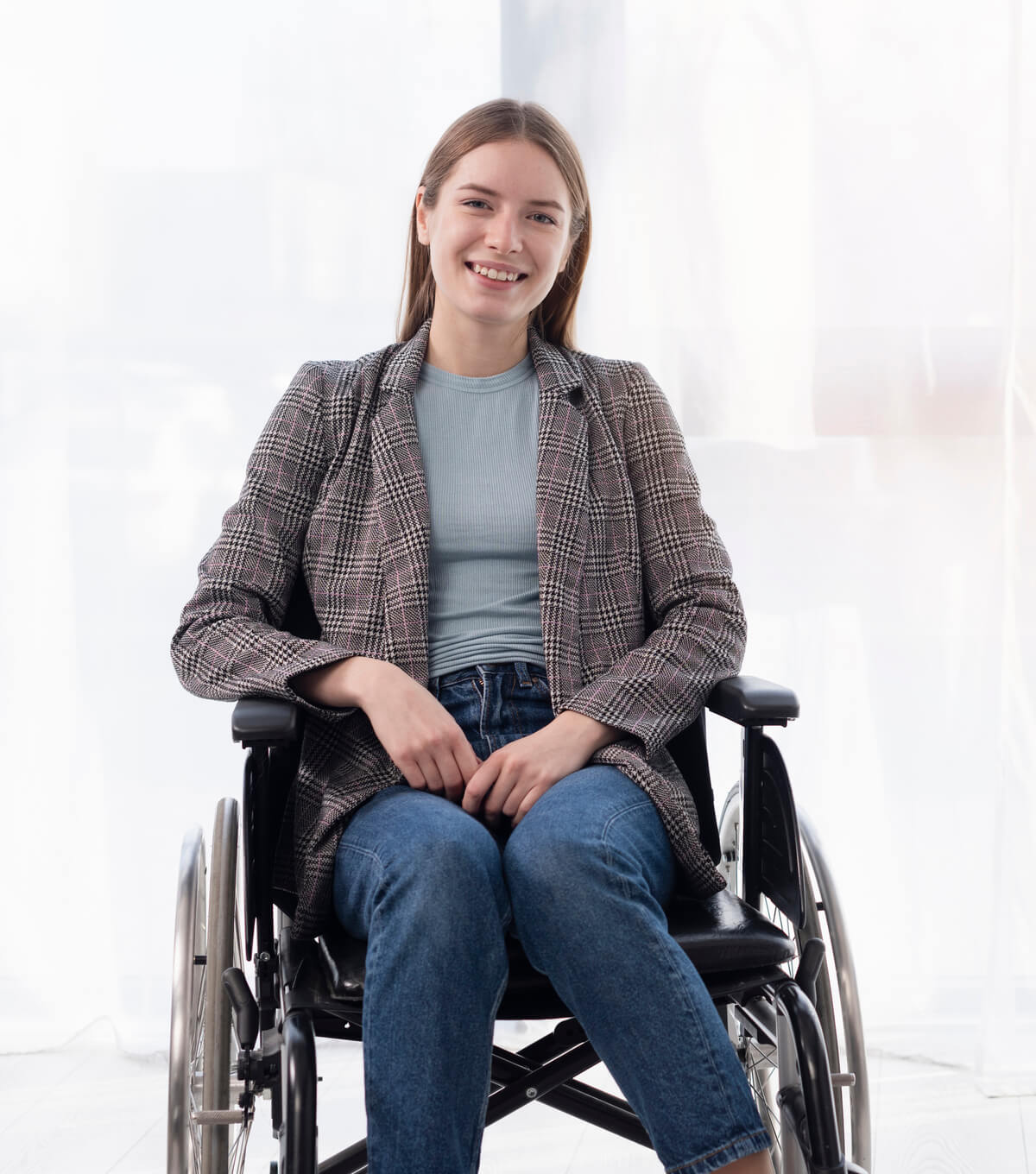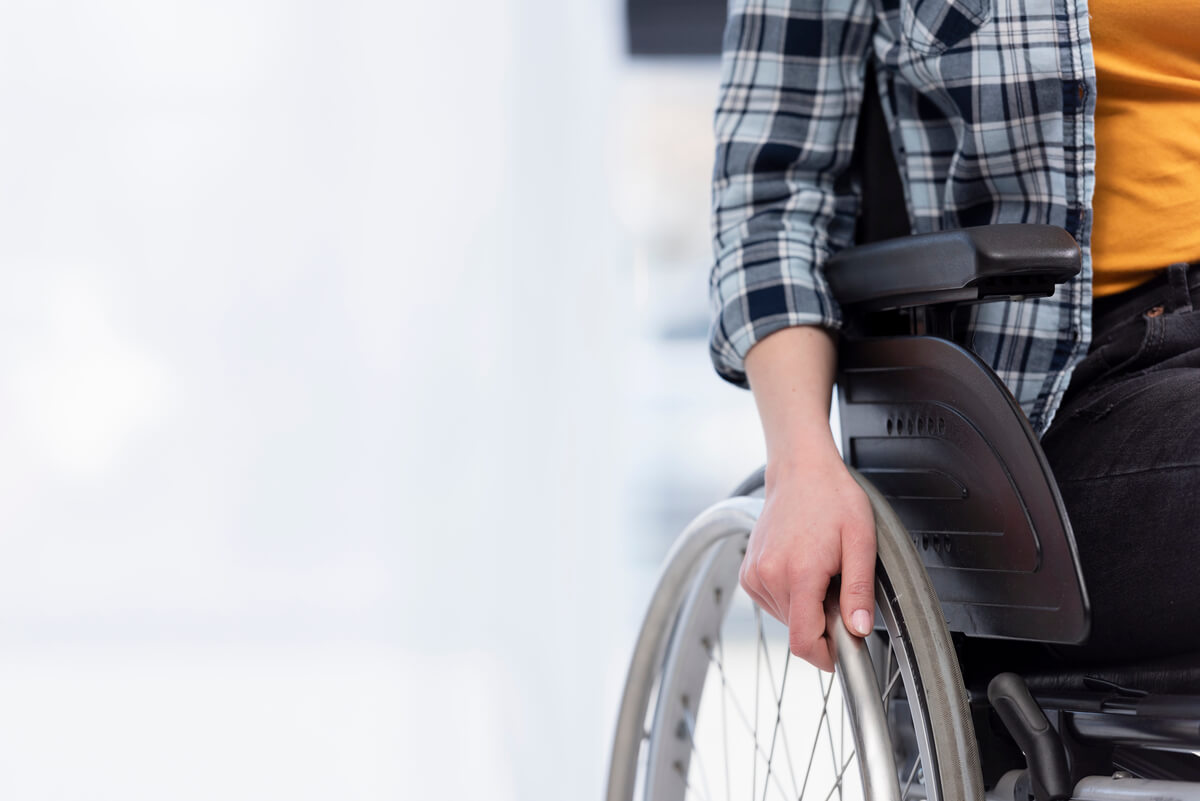
Paralysis Treatment
There are many different ways to define Paralysis. For some, it may simply be the loss of movement in one or more limbs. Others may define it as the loss of all sensation and muscle function below a certain point in the body. In either case, paralysis can be a very debilitating condition that drastically changes a person’s life. Paralysis can have many causes, including accidents, strokes, and degenerative diseases like ALS. It can also be the result of a birth defect or an injury to the spine. No matter the cause, paralysis is always a difficult adjustment for those affected by it.
There are many different treatments for paralysis depending on its severity and cause. Some people may be able to regain some movement through physical therapy and exercise. Others may require surgery or other medical interventions. But here, you will be going to read about the natural treatments which give the best results to their patients.


The Causes of Paralysis
There are many possible causes of paralysis.
- In some cases, it may be the result of an injury or accident that damages the spinal cord or nervous system.
- This could include a traumatic injury, such as a car accident or fall, or a medical condition like polio.
- Other times, paralysis may be caused by a stroke or other types of brain damage.
- Additionally, some people are born with conditions that can lead to paralysis later in life, such as spina bifida.
No matter the cause, paralysis is a serious condition that can significantly impact a person’s quality of life. In many cases, it leads to a loss of mobility and independence. It can also cause pain and other health problems. Treatment for paralysis often requires extensive rehabilitation and support from family and friends.
Treatment of Paralysis in Ayurveda
If we talk about Ayurveda, It is the traditional Indian system of medicine that holds that paralysis is caused by an imbalance in the body’s three doshas, or energies. Treatment focuses on restoring balance and promoting movement.
Ayurvedic practitioners use a variety of techniques to treat paralysis, including massage, acupuncture, and dietary changes. Massage is used to stimulate the muscles and improve circulation. Acupuncture is thought to release blocked energy and promote healing. Dietary changes may include eating more bitter foods to help reduce Kapha dosha or avoiding cold foods and drinks to reduce Vata dosha.
Herbal remedies are also commonly used in Ayurveda to treat paralysis. Ashwagandha (Withania somnifera) is one of the most commonly used herbs for this condition. It is thought to help improve circulation, relieve stress, and promote muscle strength.


Treatment of Paralysis in Naturopathy
Naturopathy is a system of medicine that focuses on the body’s ability to heal itself. Naturopathic doctors work to identify and treat the underlying cause of disease, rather than simply treating the symptoms.
Paralysis is a condition in which a person is unable to move one or more parts of their body. While there is no cure for paralysis, there are treatments available that can help improve a person’s quality of life.
Naturopathic treatment for paralysis typically focuses on supporting the body’s nervous system and improving circulation. This may include therapies such as acupuncture, massage, and chiropractic care. Nutritional support and detoxification are also often used in the naturopathic treatment of paralysis.
Treatment of Paralysis in Neuropathy
There is no exact cure for paralysis, but there are treatments that can help people manage their condition. Some people with paralysis may require lifelong care.
There are many different types of paralysis, and the treatment will vary depending on the cause and severity of the condition. In some cases, physical therapy, neuropathy, and rehabilitation may help improve function and mobility. In other cases, surgery may be necessary to correct the underlying problem.
Some people with paralysis may need to use assistive devices such as wheelchairs or walkers to get around. Others may be able to regain some function through intense rehabilitation programs. The outlook for each individual will depend on the cause and severity of their condition.


Treatment of Paralysis in Yoga Therapy
There is no definitive answer to the question of how to treat paralysis through yoga therapy. However, there are a few general principles that can be followed in order to create an effective treatment plan.
- First, it is important to assess the individual’s needs and abilities in order to tailor the yoga therapy specifically for them.
- Second, the therapist must create a safe and supportive environment for the individual to practice.
- And finally, the therapist must be patient and consistent in their approach, as recovery from paralysis takes time and dedication.
By following these general principles, yoga therapists can help individuals with paralysis gradually regain movement and function. The process is often slow and difficult, but with patience and perseverance, many people with paralysis are able to make significant progress.
Conclusion
Paralysis is the loss of muscle function in one or more parts of the body. It can be caused by a variety of things, including spinal cord injuries, strokes, and nerve damage. Paralysis can be temporary or permanent, and it can lead to a loss of feeling or sensation in the affected area. In some cases, paralysis can be partial, meaning that only some muscles are affected. And the given solutions for Paralysis will be going to recover you soon. So, for fast and natural results must try out the mentioned treatments!
